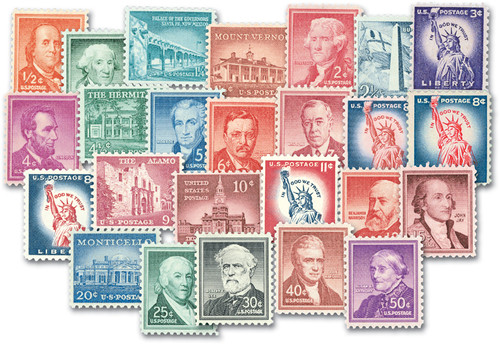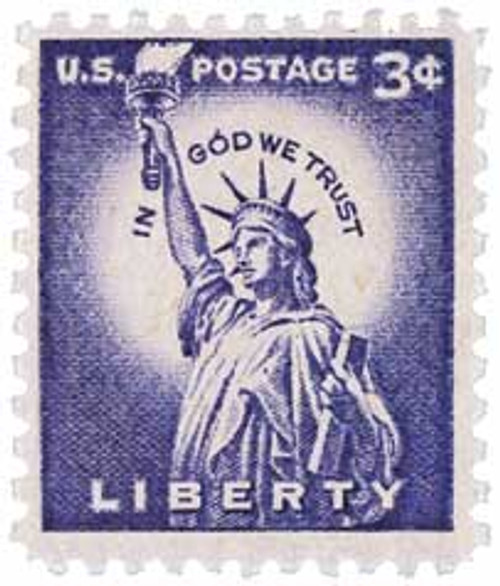
1958 Liberty Series,15¢ John Jay
# 1046 - 1958 Liberty Series - 15¢ John Jay
MSRP:
Was:
Now:
$0.35 - $110.00
(You save
)
Write a Review

Write a Review

1046 - 1958 Liberty Series - 15¢ John Jay
| Image | Condition | Price | Qty | |
|---|---|---|---|---|

|
Fleetwood First Day Cover
ⓘ
Sold out.
Sold out.
Sold Out
|
|||

|
Classic First Day Cover
ⓘ
Ships in 1-3 business days.
Ships in 1-3 business days.
Free with 245 Points
$ 2.50
|
$ 2.50 |
|
0
|

|
First Day Cover Plate Block
ⓘ
Ships in 1-3 business days.
Ships in 1-3 business days.
$ 3.00
|
$ 3.00 |
|
1
|

|
Mint Plate Block
ⓘ
Ships in 1-3 business days.
Ships in 1-3 business days.
$ 6.00
|
$ 6.00 |
|
2
|
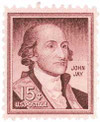
|
Mint Stamp(s)
ⓘ
Ships in 1-3 business days.
Ships in 1-3 business days.
$ 1.20
|
$ 1.20 |
|
3
|
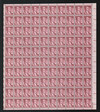
|
Mint Sheet(s)
ⓘ
Ships in 1-3 business days.
Ships in 1-3 business days.
$ 110.00
|
$ 110.00 |
|
4
|
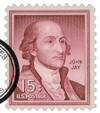
|
Used Single Stamp(s)
ⓘ
Ships in 1-3 business days.
Ships in 1-3 business days.
$ 0.35
|
$ 0.35 |
|
5
|

|
Unused Stamp(s)
small flaws
ⓘ
Ships in 1-3 business days.
Ships in 1-3 business days.
Free with 180 Points
$ 0.85
|
$ 0.85 |
|
6
|
Mounts - Click Here
| Mount | Price | Qty |
|---|
U.S. #1046
15¢ John Jay
Liberty Series
15¢ John Jay
Liberty Series
Issue Date: December 12, 1958
City: Washington, D.C.
Printed by: Bureau of Engraving and Printing
Printing Method: Rotary Press
Perforations: 11 x 10½
Color: Rose lake
City: Washington, D.C.
Printed by: Bureau of Engraving and Printing
Printing Method: Rotary Press
Perforations: 11 x 10½
Color: Rose lake
The image of John Jay used on U.S. #1046 is based on a painting by Gilbert Stuart.

U.S. #1046
15¢ John Jay
Liberty Series
15¢ John Jay
Liberty Series
Issue Date: December 12, 1958
City: Washington, D.C.
Printed by: Bureau of Engraving and Printing
Printing Method: Rotary Press
Perforations: 11 x 10½
Color: Rose lake
City: Washington, D.C.
Printed by: Bureau of Engraving and Printing
Printing Method: Rotary Press
Perforations: 11 x 10½
Color: Rose lake
The image of John Jay used on U.S. #1046 is based on a painting by Gilbert Stuart.
!


